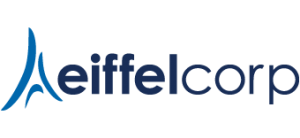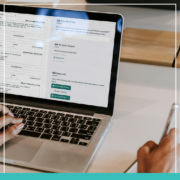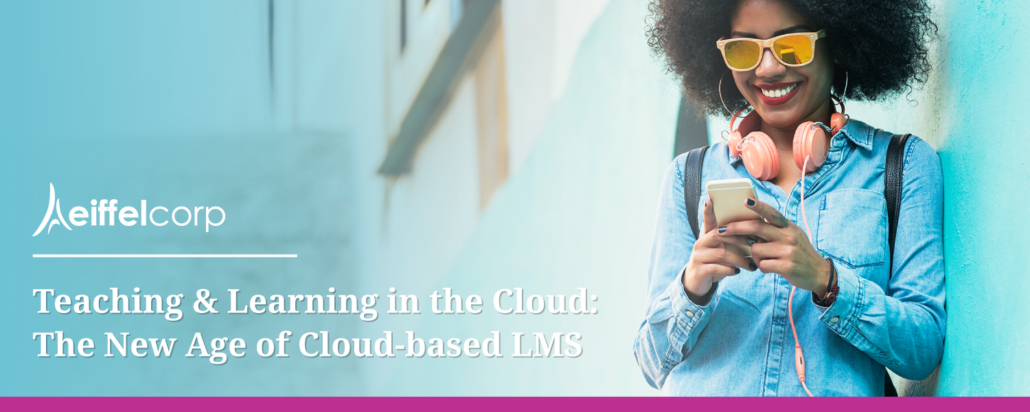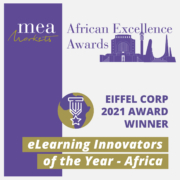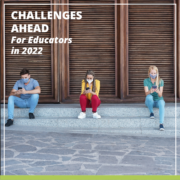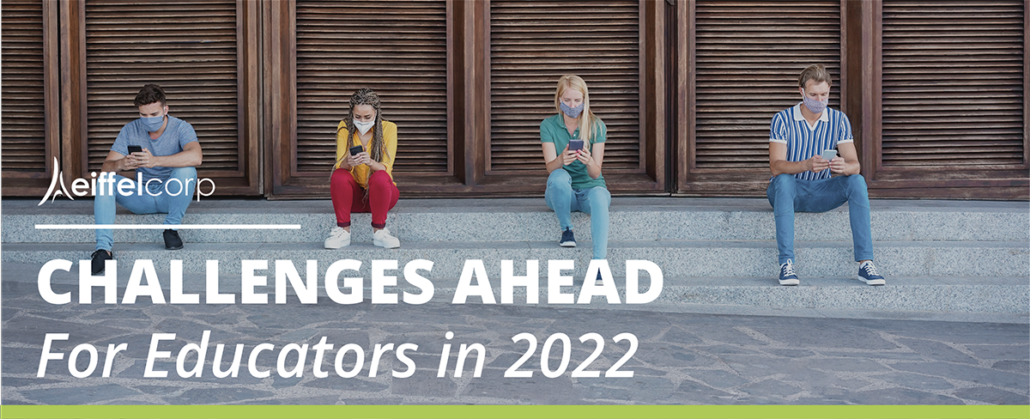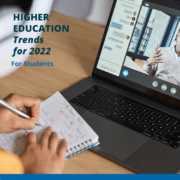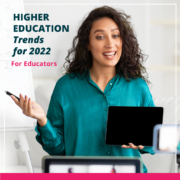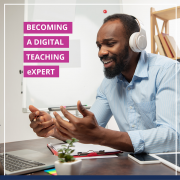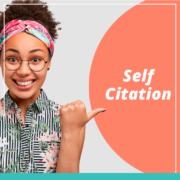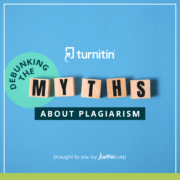
Plagiarism and other forms of academic misconduct are not new. It has, and most likely will, always find a way into our institutions. No matter its shape or form, any sort of misconduct affects both students and educators in various ways. The impact of Covid-19 has not yet been determined in its entirety, but we do know that it has most likely contributed to turning a blind eye to dishonesty or misconduct. It has, however, been a problem within the academic community in many ways, even before Covid-19. Why do the academic community or institutions often ignore or leave plagiarism and other different types of misconduct unaddressed? One reason is that there are numerous myths and misconceptions when it comes to plagiarism. The result? The misconstrued ideas surrounding academic misconduct have unfortunately had a serious impact on the quality of research and published academic writing.
So how do we address these issues and improve on our research outputs and academic writing in general? Awareness and improved understanding of the seriousness of the matter – and debunking the myths that surround plagiarism and academic misconduct.
Let’s have a closer look at these myths:
The Myth: Plagiarism is Not a Rising Problem
There’s a misconception that plagiarism is not actually a rising problem. The belief is that it only appears worse because of the development of technology, and therefore ability to detect plagiarism has grown dramatically in the last 20 years. In some ways, the exact opposite is true. While it is indeed easier to detect plagiarism, it’s also much easier to commit plagiarism. This includes more resources and access to materials at the writer or student’s disposal, and simpler methods to integrate content into their own.
The Truth:
Plagiarism is easier and more tempting than ever. As a result, plagiarism retractions are on the rise, even at publications that aren’t using advanced plagiarism-detection technology.
The Myth: Plagiarism is Mostly a Problem Among Students and Not Professionals
While it’s easy to think that plagiarism can mostly be attributed to students, who are seen as inexperienced academics who innocently make mistakes as they enter the world of research. The reality is that plagiarism is a problem at all levels of academia, including professional researchers. In fact, the problem of professional plagiarism has become so bad that the Singapore Medical Journal and the Medical Journal of Malaysia, published a joint statement in 2008, warning researchers against submitting plagiarised works. In the statement, the two publications said that they have “recently encountered a number of submissions of plagiarised work to our respective journals.”
The Truth:
Students do not have sole ownership of the plagiarism problem, and it is an academic issue that is growing both in and outside of the classroom.
The Myth: The Plagiarism Issue is Blown Out of Proportion
Many agree that plagiarism is a problem, but believe that it’s blown way out of proportion. They argue that despite the rising number of retractions, the additional, intense focus and scrutiny on the media and many academics are unjustified. They feel the number of retractions remains small in comparison to the total number of papers published. However, that number does not take into consideration the numerous plagiarised papers that were caught before publication or, more worrisome, the ones that were plagiarised, but not retracted.
The Truth:
Plagiarism is a rapidly-growing problem for both academic and scholarly publications. It is one that is often underestimated due to the inaccurate data on total plagiarism cases.
The Myth: Plagiarism is Harmless
While it is true that a lot of plagiarism and misconduct retractions take place at lesser-known journals, there is often significant harm caused by misconduct in academic literature.
For example, in a recent post by Retraction Watch, it was shown that a series of retracted studies made a potentially dangerous drug treatment appear to be safe, possibly endangering patients’ lives. This analysis correlated with a 2011 study that found fabrications by Scott Reben, an anaesthesiologist, may have resulted in some patients having their post-surgery pain undertreated.
With plagiarism, the dangers are less about patient safety and more about wasted resources. With limited funding, publication space and research space available, plagiarised proposals and studies cause unneeded duplication that wastes those resources and deny them to new, potentially beneficial research.
The Truth:
Plagiarism can cause harmful outcomes in various fields, and limit important research by blocking potential funds.
The Myth: Plagiarism is Primarily a Problem in Non-English Speaking Countries
While there is some truth in this statement – especially for researchers trying to publish in English who are struggling with the language – language barriers are not the only factors that lead to plagiarism.
The Truth:
Plagiarism is very much a global problem with many of the best known and most prolific plagiarists being from the United States, including the recent case of Gerry Lushington, who was censured for misconduct by the US Office of Research Integrity, which more commonly deals with fabrication issues.
The Myth: Almost All Plagiarists Get Caught
With so many new tools to detect plagiarism, search engines and constant communication, it is easy to think that no one, especially a professional researcher, could get away with the misdeed plagiarism in the 2020s.
The Truth:
Things are almost never as they seem. There are, in fact, limitations to the technology available. Plagiarism dealing solely related to ideas and data, for example, can’t be detected easily – if at all. The biggest blind spot in the technology is that it still requires humans to both use the tools available and draw the correct conclusions.
In other words, yes the tools available can greatly reduce the amount of plagiarism that slips through, but these tools are not used as widely or as accurately as they should.
The Myth: There is Nothing Wrong with Self-Plagiarism
For many, self-plagiarism is a difficult issue. Since plagiarism is about using the ideas and works of another without attribution, how is it possible to plagiarise yourself?
However, publications and government bodies don’t see the issue the same way. Self-plagiarism raises many of the same challenges and problems as traditional plagiarism including duplication in published studies and wasted funding.
The Truth:
Though self-plagiarism doesn’t have a direct victim the way regular plagiarism does, it still poses a disadvantage to other researchers who might be denied a chance to be published or the opportunity to acquire funding based on original work.
Conclusion
Much like the misinformation found online today, many myths about plagiarism are believable because at their core, there seems to be some truth. In reality though, these myths form a small part of a more complex and evolving situation. Plagiarism, its consequences and its causes, are not straightforward.
Contact us and find out how the solutions that we offer with our partners at Turnitin, can help your institution fight the spread of plagiarism and other forms of misconduct.
This blog was first published on:
https://www.ithenticate.com/resources/webcasts/7-plagiarism-myths-debunked


